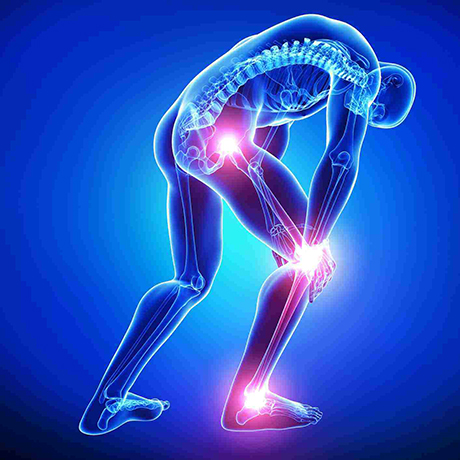Understanding The Way Acute Traumas Transform Sporting Performance Dynamics
Wiki Article
Sudden injuries are sudden injuries that can happen during athletic events or fitness activities. These injuries can significantly affect an athletic performance and overall wellbeing. Common examples of sudden traumas include sprains, fractures, and strains. They occur rapidly and frequently arise from accidents, such as falls, crashes, or incorrect movements. Understanding how these traumas influence athletic capabilities dynamics is important for athletes, trainers, and healthcare professionals who work with them.
When an sportsman experiences an acute injury, the prompt effects can be quite significant. Discomfort and inflammation are common symptoms that can restrict movement and function. For instance, a basketball player who injures an ankle may find it painful to move or run. This limitation can lead to a reduction in ability, as athletes may find it hard to perform at their usual capability. Additionally, the mental effects of an injury can also play a role. Athletes might feel worried or apprehensive about returning to their sport, which can additionally influence their performance.
Rehabilitation from an acute injury involves several stages, including recovery, therapy, and incremental re-entry to performance. The first emphasis is usually on managing pain and swelling. Medical professionals may advise cold therapy, bandaging, and lifting to help with healing. Once the acute phase has passed, rehabilitation exercises become crucial. These activities help regain power, elasticity, and extent of motion. Athletes need to follow a systematic recovery plan to make certain they return to their sport safely and effectively.
The long-term effects of acute injuries can vary. Some athletes may recover fully and return to their previous performance levels, while others may face ongoing challenges. Chronic pain or weakness can develop if an injury is not properly treated. This situation can lead to a cycle of re-injury or compensatory injuries in other parts of the body. It is crucial for athletes to be patient during the recovery process and to work closely with healthcare providers to tackle any remaining concerns.
In summary, sudden traumas can significantly alter how players perform in their sports. The immediate physical and psychological effects can hinder performance and confidence. Rehabilitation involves careful management and rehabilitation to ensure that players can securely return to their activities. Understanding the dynamics of acute injuries can help everyone involved in sports—from athletes to trainers to this article medical professionals—assist those impacted and encourage a secure re-entry to sporting ability.
